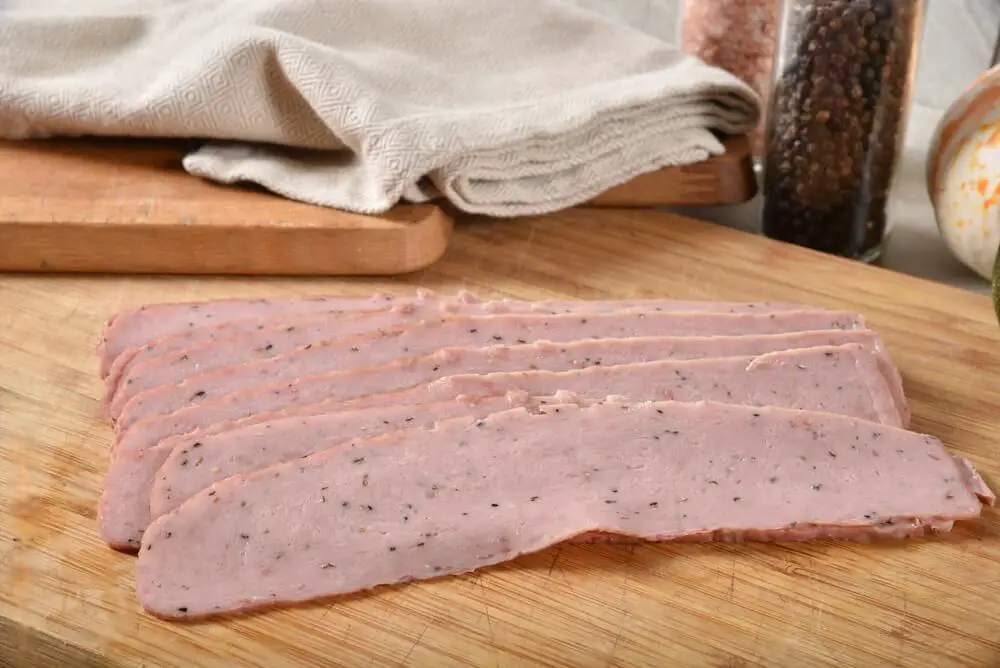When it comes to Italian cuisine, the culinary spectrum is a gastronomic kaleidoscope, brimming with flavors, textures, and traditions that beckon every food enthusiast on a journey of indulgence. But within this exquisite tapestry, there exists a delightful enigma – the age-old question: Is Timballo the same as Timpano?
Picture this: a dome-shaped dish that’s not only an edible masterpiece but also a cornerstone of Italian feasting traditions during Christmas and Easter holidays. It’s a culinary creation that unites pasta, cheese, sauces, and an array of vegetables, all ensconced in a pastry dough shell.
In some parts of Italy, particularly the southern region of Calabria, this culinary delight goes by the name “Timpano.” But globally, it’s recognized as “Timballo.” The distinction lies not in the dish itself but in the linguistic quirks of the regions where it’s prepared.
The Musical Origins of Timballo and Timpano
So, is Timballo the same as Timpano, or are there hidden nuances to these names? To unearth the truth, we delve into etymology.
The name “Timballo” owes its origins to the French word “timbale,” which means kettledrum. On the other hand, “Timpano” finds its roots in the Italian word for “drum.” These names perfectly encapsulate the dish’s unique drum-shaped appearance, hence, the nomenclature.
Yet, that’s not all. This dish, known by many names, is sometimes referred to as “bomba” or “tortino,” adding further layers to its mystique.
Crafting the Timballo: An Edible Art
Let’s journey into the heart of this delightful mystery. The creation of Timballo is nothing short of culinary artistry. It’s molded with love, much like a casserole, but with an Italian twist.
The Core Ingredients:
- Pasta (preferably short-cut varieties such as ziti or macaroni, but rice can make an appearance too).
- Cheese (a delightful melange of flavors).
- Meat (often in the form of meatballs, sausage, or other carnivorous delights).
- Eggs (the culinary glue that binds the ensemble).
- Tomato sauce (because, Italy).
- A diverse selection of vegetables.
- Optional sauces like mushroom sauce or béchamel.
The Creation Process:
- Boiling the Pasta: The process begins with pasta. Boil it until it reaches the perfect al dente state, then drain it, and set it aside.
- Building the Filling: This is where the magic happens. Combine the cheese, meat, eggs, and vegetables to form a harmonious filling. The eggs and cheese serve as the glue that holds this flavorful mosaic together.
- Lining the Pan: Now comes the canvas – a baking pan. Line it with the boiled pasta. Use the pasta to create both the base and the walls, forming a beautiful crust.
- Layering the Fillings: The filling mixture is layered into the pasta-lined pan, ensuring an even distribution of flavors.
- Covering with Pasta: The dish is then sealed with another layer of pasta. This is the magic touch that, when baked, creates a tantalizing exterior crust.
- The Art of Baking: Place the pan in the oven and bake until the dish forms a delightful exterior crust while keeping the fillings nestled within.
- Optional Pastry Flourish: In some versions, the dish may receive an extra layer of pastry for added flavor and texture.
- Serving: Once it emerges from the oven, the Timballo is ready to be unleashed. Remove it from the pan, and just like a casserole, slice it to reveal the sumptuous layers within.
A Symphony of Flavors
The flavors of this Italian masterpiece are a symphony, and they dance across the palate. The choice of ingredients is the conductor of this gastronomic orchestra. While it’s typically a savory dish, the specifics can vary greatly. It all depends on the ingredients you choose.
The cheese adds creaminess, the meat infuses richness, and the tomato sauce, well, it’s Italy’s secret weapon in the culinary world. But don’t forget the vegetables that bring freshness and depth to this dish.
Timballo vs. Timpano: Different Names, Same Delight
In the end, we return to the question that sparked this journey: Is Timballo the same as Timpano? The answer, as you might have guessed, is a resounding “yes.” These two names represent the same culinary masterpiece, sharing a common heritage and culinary DNA. The distinction in nomenclature arises from regional differences and linguistic whims, but the heart of the dish remains unchanged.
Regional Twists
But hold onto your forks; there’s more to this savory tale. Just as Italy is a land of diverse regions, it’s also a land of diverse culinary interpretations. Here are a couple of regional variations that add an extra layer of intrigue to the Timballo saga:
Sartù: This Neapolitan twist on Timballo ditches pasta for rice. Sartù combines rice, tomato sauce, and other luscious ingredients to create a unique spin on this culinary classic.
Eggplant Timbale: In some kitchens, slices of eggplant take center stage. The result is an Eggplant Timbale, which offers a different texture and taste profile, while retaining the essence of the dish.
In Conclusion
So, there you have it: the tantalizing world of Timballo, where pasta, meat, cheese, and a variety of other ingredients combine to create a dish that’s nothing short of a culinary masterpiece. And while the names Timballo and Timpano may dance to the beat of different regional drums, they’re essentially two sides of the same delectable coin.
As you embark on your culinary explorations, whether it’s making a Timballo, savoring a Timpano, or trying one of the regional variations, remember that the heart of Italian cuisine lies in its ability to captivate the senses and tell stories through food. So, the next time you dig into this delightful drum-shaped dish, know that you’re partaking in a tradition that spans centuries and tastes like pure Italian magic.



